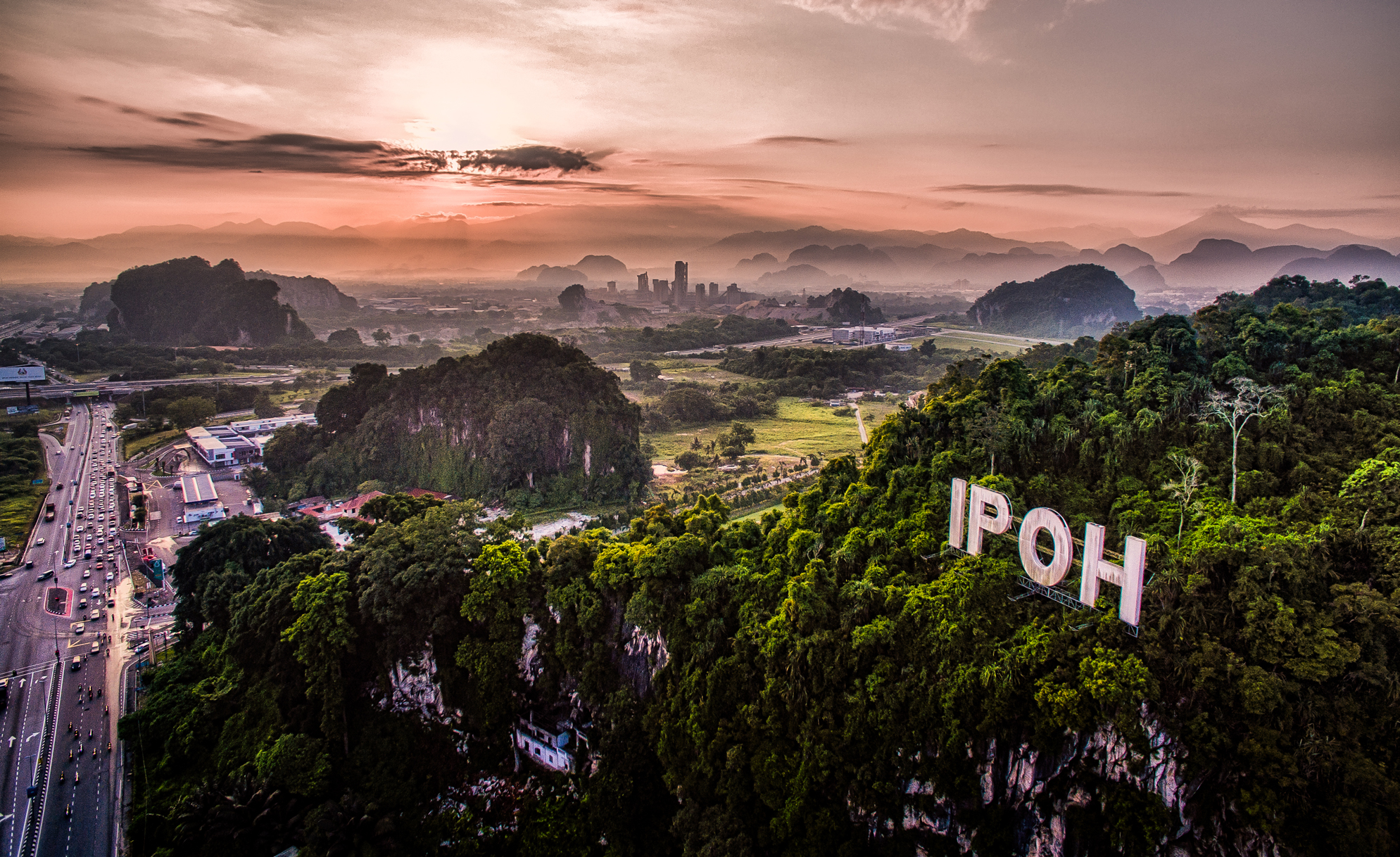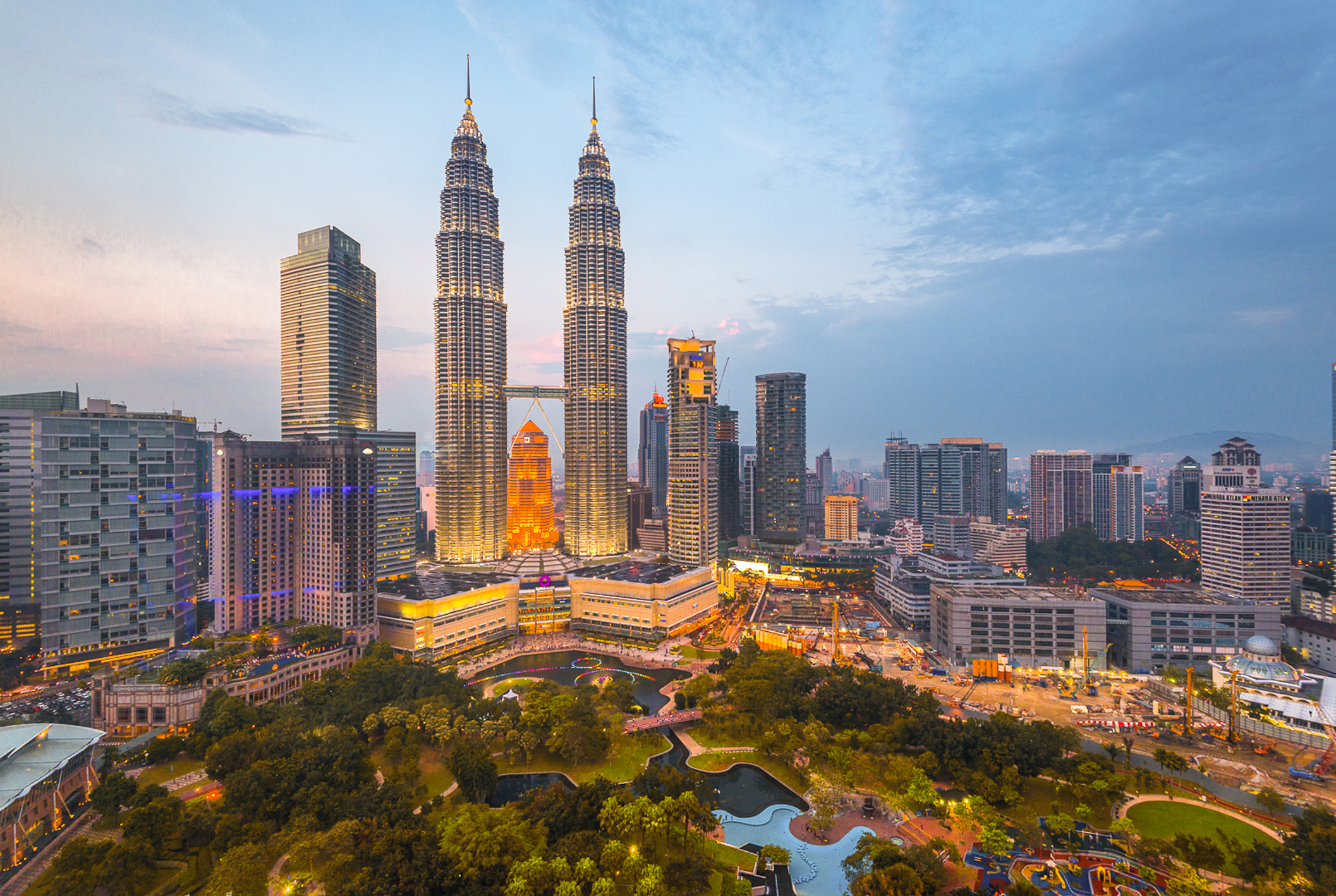
Penang
World Heritage architecture, 130-million-year-old rainforest, world-class street art and a countryside peppered with spice gardens and durian groves: the island of Penang is an intoxicating medley of natural and cultural treasures.
Strategically located on the one of the most important maritime trade routes in the world, the 300-square-kilometre island of Penang has been at the forefront of cultural exchange for centuries.
It was ruled by the Muslim Sultans of Kedah until the late 18th century, when Francis Light and the British East India Company took control. Light established Fort Cornwallis at the easternmost point of the island, and from it grew George Town, a booming free port that soon grew fat on the trade in opium, pepper, tin, rubber, and spices. These riches naturally attracted attention, and over the decades Penang saw immigration from India, China, Armenia, Persia and the Arab world – all of which left it with a diverse and unique local culture.
Today, Penang's motley past can still be read in the streets of George Town, where fishing boats bob between jetties lined with stilt houses, Hindu gopura towers loom over alleys filled with the strains of Bollywood hits, and a British stone bastion fort stands overlooking it all. It's also one of Malaysia’s best foodie destinations (expect everything from chicken feet to satay sticks and fried oyster omelettes) – and a hotspot for street-art lovers, with streets overflowing with works, including those by “Lithuanian Banksy” Ernest Zacharevic.
Beyond George Town, you can ride a funicular railway up Penang Hill to see colonial-era villas set in forests of oak and laurel, or cycle through coconut farms and mangroves to rural villages, secret sculpture parks, and multi-tiered pagodas. We also love taking a boat trip to the national park, where you can lie on white beaches fringed with jungle and visit a turtle sanctuary overlooked by a 19th-century lighthouse. Penang is a microcosm of everything we love about Malaysia.




